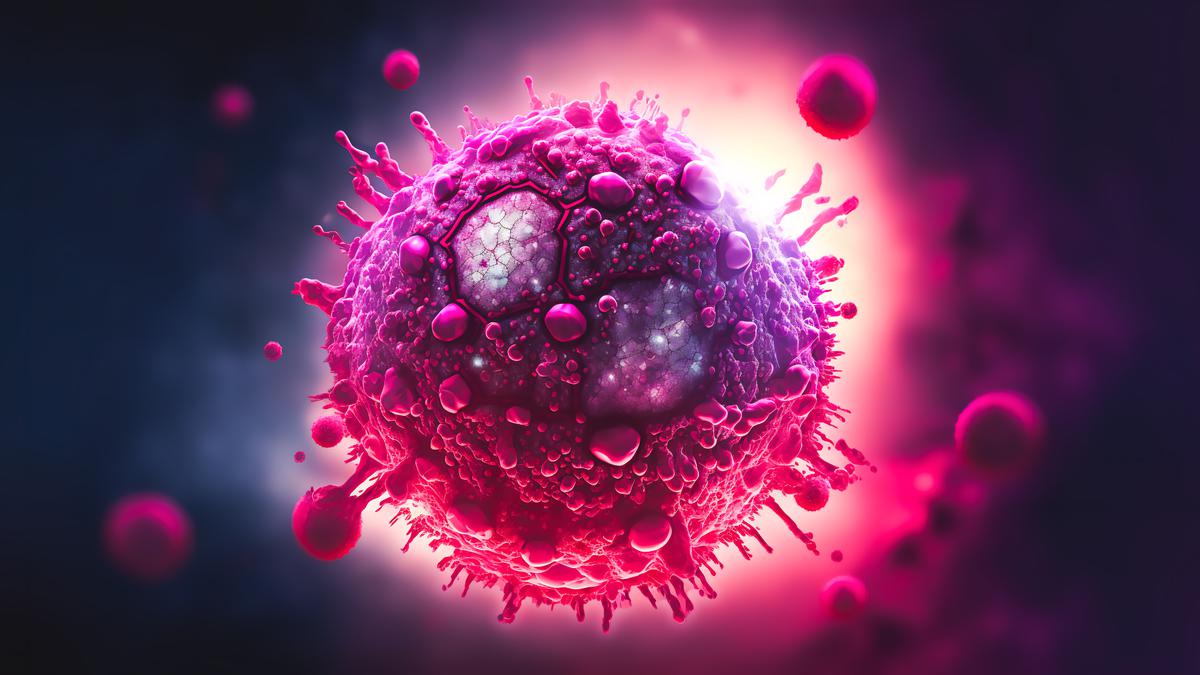
AIDS can be stopped with science-backed tools
The Hindu
Globally 39M living with HIV; 2.4M in India. Prevention interventions not enough; no vaccine. Involve communities, invest in testing, implement WHO guidelines to prevent advanced HIV. Antiretroviral therapy saves lives, India produces generic HIV meds. PrEP & long-acting injectable PrEP can prevent HIV. By 2025, 95% of PLHIV should have diagnosis, ART & suppressed viral load. Science-backed tools exist to prevent, diagnose, treat, care & support PLHIV; let's use them to end AIDS.
N. Kumarasamy
Since the first diagnosed case of HIV in 1981, it is estimated that globally 39 million persons are now living with HIV. In India the figure is 2.4 million. What is being done to stop the spread of this virus? There were 1.3 million new HIV infections in 2022 globally and 63,000 in India. Most transmissions occur in the key population include female sex workers, men having sex with men, transgender community and injecting drug users. Prevention interventions using behavioural change never stopped HIV spread significantly. There are no vaccines for HIV despite extensive research. Involving the communities and making them the focus will prevent infections.
Persons who acquire HIV end up with compromised immune systems which lead to opportunistic infections like tuberculosis, fungal meningitis, pneumonia, diarrheal diseases, variety of skin lesions and certain cancers. These co-morbid conditions result in advanced HIV disease and progression to death. In 2022, 650,000 persons died due to these conditions globally. In India AIDS caused 42,000 deaths. Many of these opportunistic infections are preventable and treatable.
The World Health Organization has developed guidelines for Advanced HIV to prevent and diagnose these opportunistic infections. These guidelines are still not widely implemented across the world. Health care programs should implement these in-expensive guidelines and tools to prevent advanced HIV. Tuberculosis was a leading killer among those with HIV in 2022. Newer short course TB preventive treatments with Isoniazid and Rifapentine have proven effective in clinical trials. Still TB programs in many countries are struggling to implement these treatments.
Today we have effective antiretroviral medications available to prevent multiplication of HIV. People with HIV who are on these antiretroviral medications can lead a normal, healthy lifestyle without developing opportunistic infections. Results from clinical trials recommend starting Antiretroviral Therapy (ART) soon after diagnosis. The Voluntary Health Services Infectious Diseases Medical Centre in Chennai participated in the landmark global START clinical trial and based on the results, WHO Guidelines recommend rapid ART initiation for maximum benefit. Several lower and middle income countries haven’t implemented this guidance effectively. Analysis shows initiating early Antiretroviral therapy soon after diagnosis is cost effective and cost saving. Health care program managers need appropriate training on such scientific evidence to facilitate the implementation at an appropriate time without delay.
Almost 21 million lives have been saved with antiretroviral therapy globally. India’s capacity to produce generic HIV medicines and supply them worldwide led to major successes in the global AIDS fight. Over 90% of antiretrovirals consumed globally were from India. We have the time-tested and proven capacity to manufacture HIV diagnostics, medicines and robust supply chain mechanisms to deliver them worldwide sustainably. But are HIV programmes worldwide strong enough to ensure that HIV prevention, diagnostics, treatment, care and support services are reaching every person in need – without any further delay?

KTM has reinforced its middleweight ADV portfolio in India with the introduction of two distinct offerings — the updated KTM 390 Adventure X and the globally-spec KTM 390 Adventure Enduro R. While the former caters to long-distance touring enthusiasts now seeking more value and tech, the latter is purpose-built for riders who demand uncompromised off-road performance, rooted in Dakar DNA.





















 Run 3 Space | Play Space Running Game
Run 3 Space | Play Space Running Game Traffic Jam 3D | Online Racing Game
Traffic Jam 3D | Online Racing Game Duck Hunt | Play Old Classic Game
Duck Hunt | Play Old Classic Game










